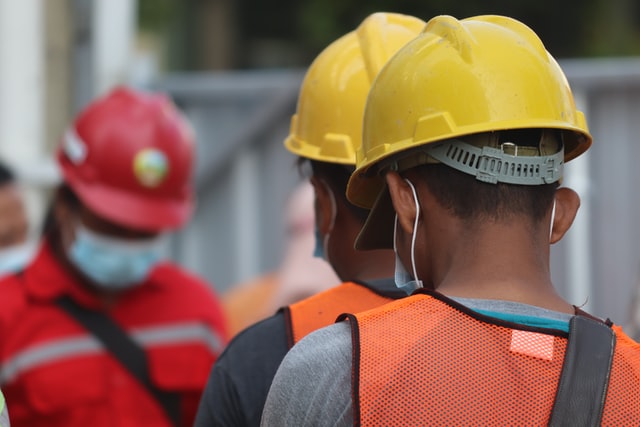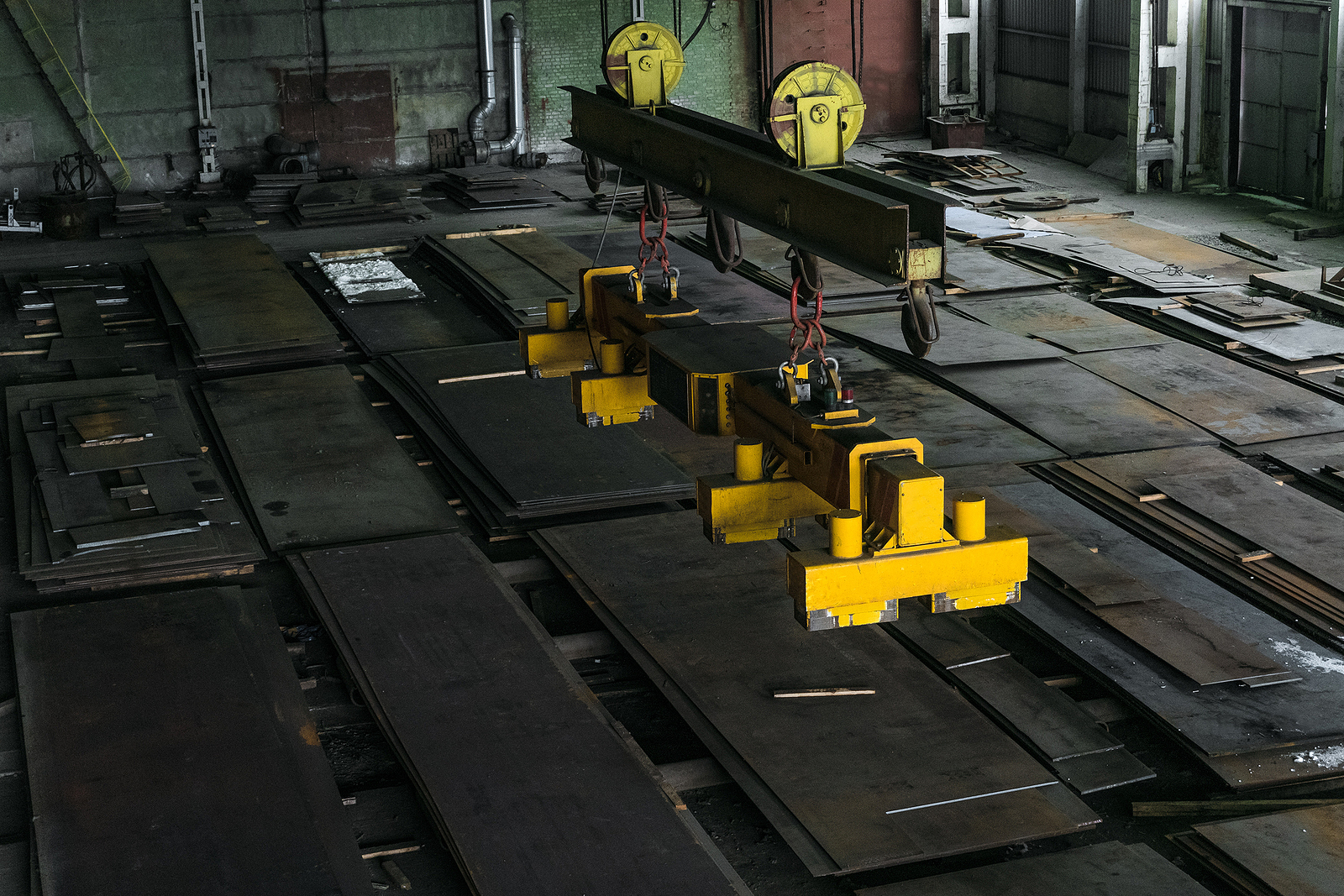Sheet metal handling with magnetic lifting systems offers high levels of efficiency and safety when compared to other methods. With qualified and experienced operators, your lifting operation can run more efficiently and safely than traditional lifting methods. But what are the operational safety procedures that facilitate a smooth workflow?

Purchasing
Safety starts with the purchase of your magnetic sheet metal handling equipment. With the wrong machinery for the job, no amount of operational safety procedures can ensure a safe lift. Choose a magnetic lifter that meets all fabrication and design requirements laid out by the ASME. This also goes for the specific worksite considerations that may affect lifting capacities. Extreme temperatures can reduce lifting capacities, so take this into account when making a purchase. It’s highly advised to consult with the manufacturer on the best model for your specific application and workflow.
Operational Safety
Operational safety starts with the operator. All personnel on the worksite should be highly trained and certified. Upholding rigorous hiring standards is essential to the safety of your worksite. A sheet metal handling operating team must be alert and vigilant. A clear system of communication should be in place to alert workers of hazards. Whenever the equipment is in operation, it is crucial that everyone clearly understands they must keep their distance.
Before operations begin for the day, all lifting equipment should be inspected for damage and have the controls tested. All connection chains must be in good repair and should not be twisted. Take any sub-par equipment out of operation until it is professionally assessed and repaired. Make sure the magnet surfaces and contact area on the sheet metal is clean and clear of debris. Uneven surfaces and gaps in the magnetic seal will reduce the equipment’s lifting capacity.
Before you lift, test the magnetism of the sheet metal handling equipment by only slightly lifting a load and observing the connection. Every load should be properly balanced around the sheet metal handling device. For proper balance and lifting capacity, some larger sheets may require connecting more than one lifter together and connect them with spread beams. Failure to maintain a balanced load could result in it dropping, causing serious injury or even death. Even if no one is injured, dropped loads could result in damage to the product and your equipment while slowing down daily operations.
Before leaving the sheet metal handling device unattended, the operating team must lower all loads completely to the ground before release. They should then store the equipment in a dry and clean area.

Sheet Metal Handling Experts
Regardless of the type of lifting system your business needs, Permadur Industries is here to help. Our staff can work with you to determine the best solution for your particular needs and will help educate and train your staff on the differences in the application and use of our equipment correctly, effectively, and safely.
Permadur’s team of engineers can design and install our systems based on the specific needs of your company’s unique application. This process ensures that the product you purchase is designed specifically for your needs and you understand all the characteristics of our lifting equipment before you ever “flip the switch” and that our equipment is properly integrated into your work environment.
We are a proud American manufacturer of below-the-hook lifting equipment. We offer vacuum lifting systems as well as lifting magnets in bipolar, tripolar, and five polar orientations enabling us to tailor the design of the magnet system to your specific lifting needs. We are also here to support your needs year after year with maintenance after installation support. Contact us for more information.


